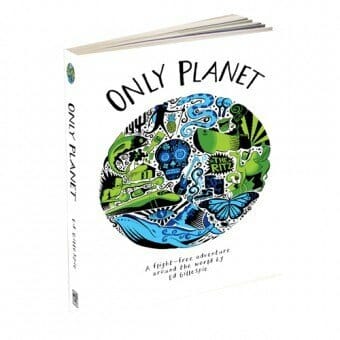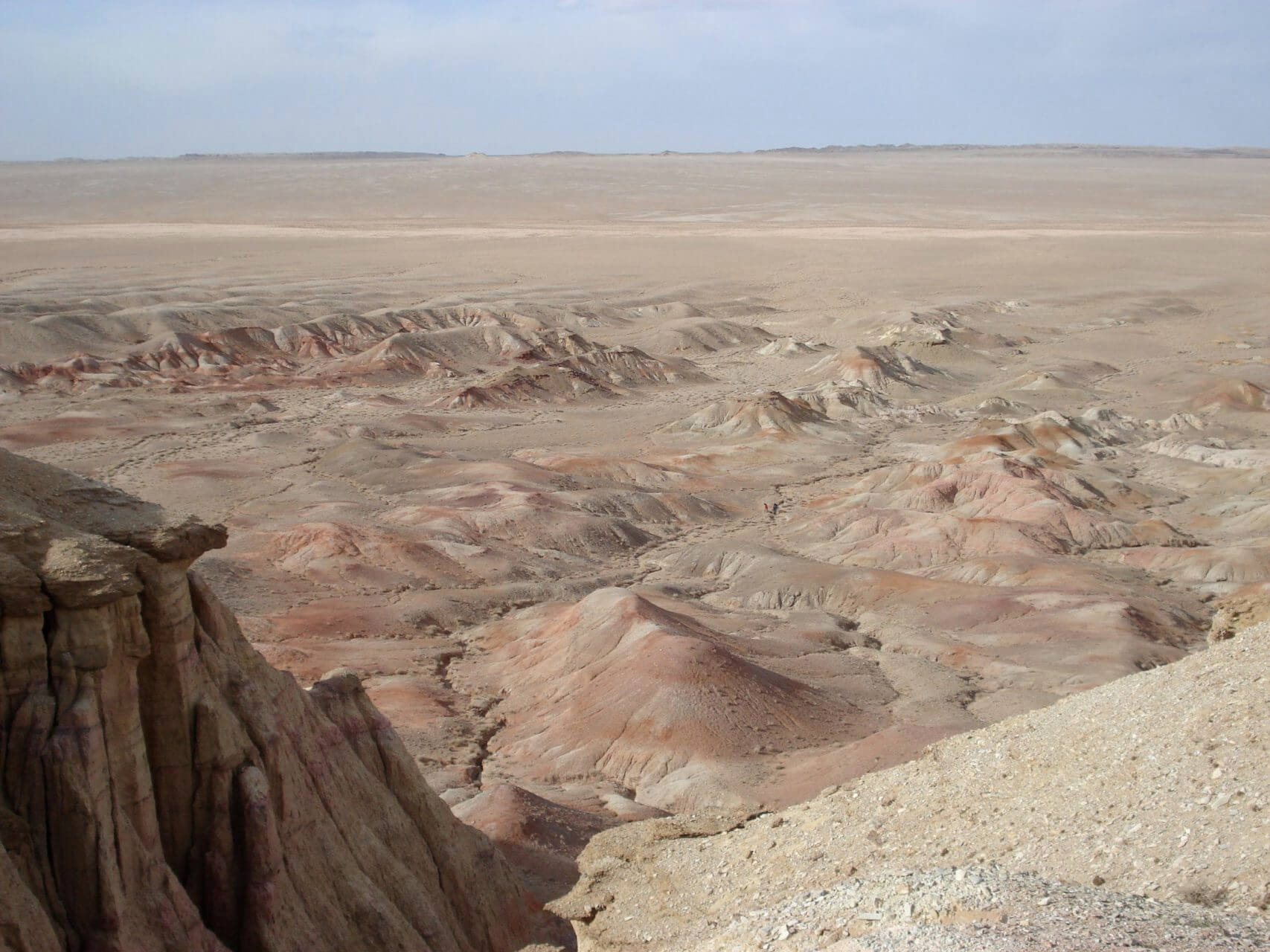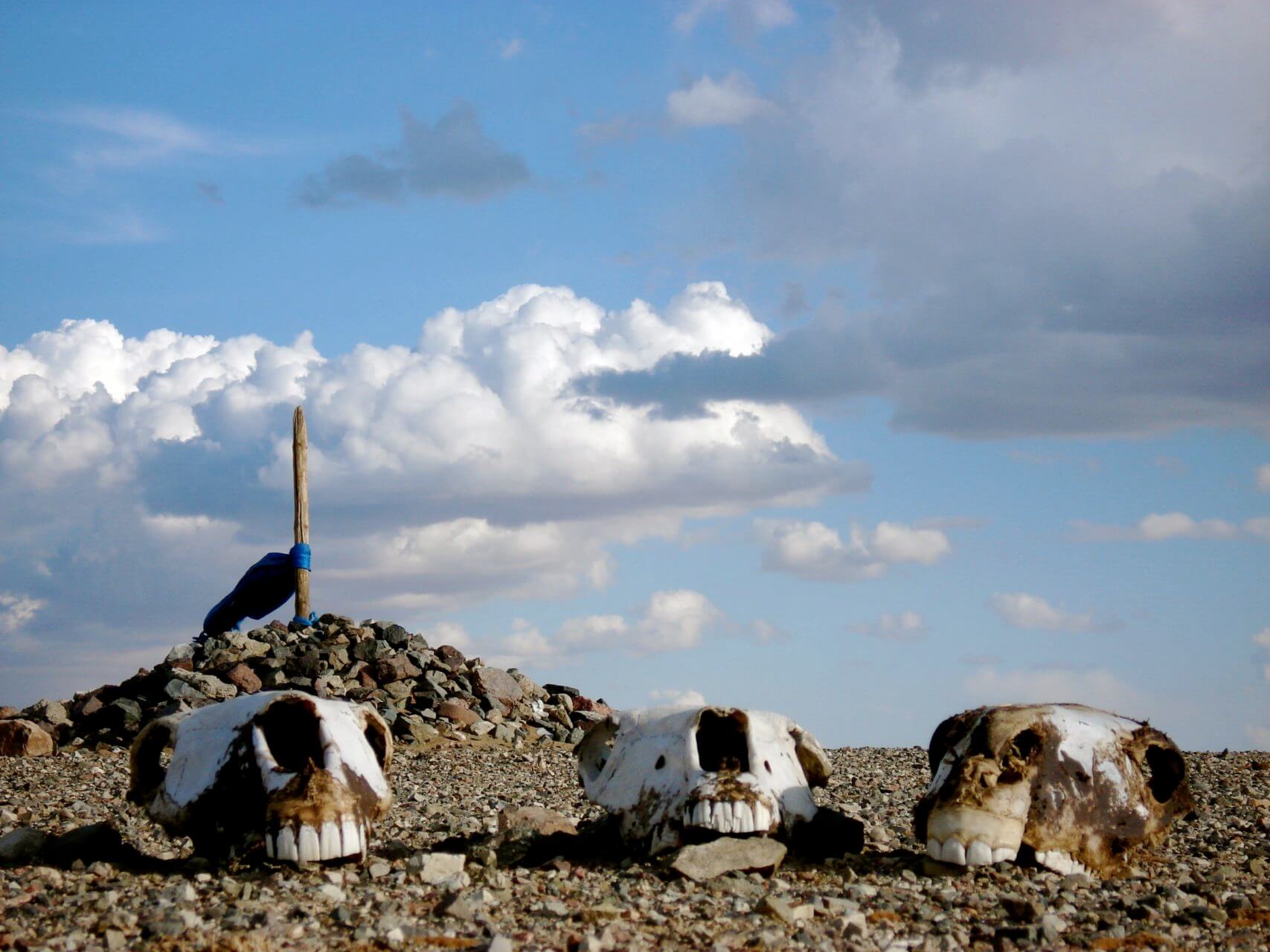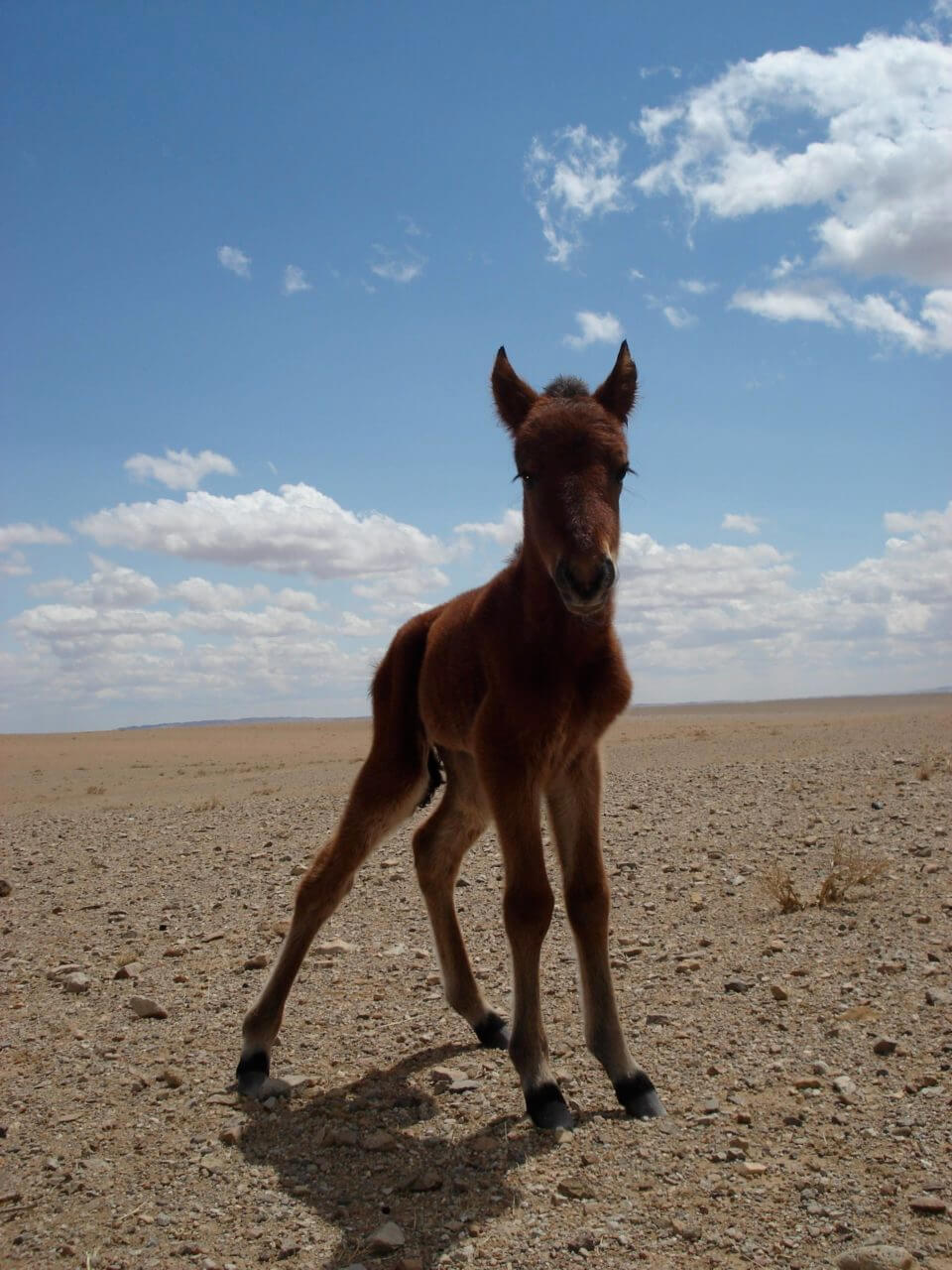 We’re no strangers to the joys and challenges of slow-travel at Platform – check out James Marriott’s account of his container ship journey across the Atlantic last summer . It’s a constant question to re-negotiate for us about how much attempts to travel in a less climate-trashing fashion can bump up against our effectiveness in our campaigning – if we can’t realistically get there overland given time and money constraints, just how important is it in terms of our long term goals of achieving social and environmental justice. So we’re really interested in the publication of this new book ‘Only Planet’ by Futerra founder and slow-travel enthusiast Ed Gillespie, which has been described as “an inspirational tale of global adventure Ed takes anything but a plane to circumnavigate the world.” It’s released on June 1st – you can order a copy here and there’s also a flick version preview. In this extract, Ed is travelling across Mongolia.
We’re no strangers to the joys and challenges of slow-travel at Platform – check out James Marriott’s account of his container ship journey across the Atlantic last summer . It’s a constant question to re-negotiate for us about how much attempts to travel in a less climate-trashing fashion can bump up against our effectiveness in our campaigning – if we can’t realistically get there overland given time and money constraints, just how important is it in terms of our long term goals of achieving social and environmental justice. So we’re really interested in the publication of this new book ‘Only Planet’ by Futerra founder and slow-travel enthusiast Ed Gillespie, which has been described as “an inspirational tale of global adventure Ed takes anything but a plane to circumnavigate the world.” It’s released on June 1st – you can order a copy here and there’s also a flick version preview. In this extract, Ed is travelling across Mongolia.
******
On our first night we had the honour of staying in a family ger. We slaughtered the Mongolian language and hung it out to dry in much the same way as they’d probably prepared the meat for our dinner… the previous year. Although the mutton broth was delicious and cubes of tender fat melted in the mouth, dried shreds of flesh wedged themselves into gaps in our teeth we didn’t even know existed. Every meal we ate in the Gobi also included grit as a key ingredient, almost inevitable in a windy desert, reminiscent of sandy sandwiches eaten on the beach during childhood summer holidays back home.
We made several inadvertent cultural faux-pas that evening, including an attempt to sit on the family dinner table, and yet another linguistic error with the phrasebook. When explaining to the family where we were from I misinterpreted ‘Ikh Britani’ as ‘I am British’ (in fact it means just ‘Great Britain’) leading to our Swiss companions saying they were from ‘Great Switzerland’ and our French friend being from ‘Great France’. The family looked at us like we were all crazy, arrogant, foreign boasters. ‘Ikh Mongoli’ (Great Mongolia) said the mother pointing to herself with a knowing smile.
Later, our enquiries as to the location of the toilet were met by a vague sweep of the arm over the surrounding sand outside. This huge choice of location in a landscape often startlingly flat and bereft of cover definitely confuses European sensibilities, not least by creating uncertainty as to what precisely constitutes a polite distance.

Nomadic Mongolian life revolves around animals. The semi-wild horses, flocks of sheep and goats, herds of cows and camels sustain the population on their milk and meat diet. This is not a country for vegans. There was something brilliantly circular and sustainable about this pastoral Mongolian lifestyle that appealed to my environmental sensibilities. It has also left the vast majority of the country’s natural space more or less unchanged by man. Perhaps I am romanticizing this, but the interdependence of people, livestock and landscape first hand is impressive, each roving family almost entirely reliant on their animals for food, fuel and shelter. The long-evolved and close adaptation of Mongolians to their environment left me with a sense of attunement, of existence expertly eked out in intimate alignment with the grain of nature. The lifestyle felt timeless, pragmatic and smart in the simplicity of its solutions to the question of survival in such challenging terrain.
We later came across land in which farmers were apparently embarking on Mongolia’s new green revolution. Fume-belching tractors struggled to plough the hard soil into ridged ‘fields’, the roughly regular patches on the surface of the immense Mongolian landscape. These first attempts at conventional agriculture seemed incongruous in a nation of itinerant herders, whose lifestyle and culture are so tightly entwined with their animals and the seasons. Mongolians migrate with the growth of the pastures and, to avoid the extremes of the winter weather, subsist on the meat and the milk the animals produce from grazing, cooking and heating their gers with the dung, a wonderfully tight, almost closed-loop system. You couldn’t help but wonder which practice might be more sustainable, the pastoral livestock system or the new intensive agricultural methods. Unless you’re vegetarian, in which case it’s probably a little more clear-cut.
Mongolians make alcohol from fermented mare’s milk, which is a testament to human ingenuity in facilitating fermentation from even the most limited of available resources, and in milking a lactating horse in the first place. The resulting drink, ‘airag’,I heard memorably described as like ‘sour milk that has had cockles kept in it’. That’s one of the more favourable accounts.
Then there are the dogs, which made the Siberian canines we had encountered look like docile puppies. One day two monstrous, snarling beasts hurtled after the van, attempting to chew the wheels off as our driver Nema nonchalantly dangled his hand out of the window as bait. They pursued us at high speed for a couple of miles. I don’t fancy my chances of outrunning them, noted one of our fellow travellers wryly. Dogs are not pets, they’re for protection and a typical Mongolian greeting on approaching a ger is Nokhoi Khori, ‘Hold your dogs’. These were not the type of pooch you keep in your handbag.

Even Mongolians, isolated as they are from much of the modern world, and though not responsible for much in the way of carbon emissions, are already suffering dramatically from the impacts of climate change. Having experienced two degrees centigrade of rising average temperatures in just the last seventy years, many researchers are referring to Mongolia as a global ‘Climate Change Laboratory’, a barometer of what might happen elsewhere as the world warms. The prognosis isn’t promising. Droughts are drying up rivers, pastures are less productive, grazing is harder for animals and leaner livestock and therefore less fuel means that surviving the tough and periodically extreme winters is getting considerably harder for rural Mongolians. It is the terrible winters, or ‘Zuds’, that are really doing the damage. Whilst these conditions are not unambiguously attributable to climate change, the ability of herders and their weakened animals to endure them is most certainly affected. When underfed livestock perish as a result, the whole fragile web unravels: a way of life intact and largely unchanged for hundreds, possibly thousands, of years becomes untenable. Mongolians not only feel the effects of climate change, they see that others are largely to blame. They are understandably unhappy.
Three Zuds in a row at the turn of the century killed millions of animals and perhaps tipped the balance of the Mongolian economy and culture forever: thousands of destitute nomads descended on UB, creating the shanty-towns of gers surrounding the city. As a consequence, one of the recurring motifs of any hinterland Mongolian journey is the skull – sun-bleached, dusty, symbolic of death. Goat, horse and camel bones dot the open countryside as visible reminders of the temporary and sometimes tenuous nature of life. At one point in the empty vastness we came across a very young abandoned foal, alone and vulnerable. At our insistence, Nema reluctantly stopped the van so we could give it some milk from our supplies. After several minutes of pathetic unsuccessful bowl-proffering by us, Nema unceremoniously grabbed the foal, held it between his legs, prised open its jaw with his fingers and poured the milk roughly down its throat. His robust Mongolian disposition was obviously unimpressed by our weak sentimentality. As we set off again, the clearly-condemned beast gave hopeless chase to our moving van.
